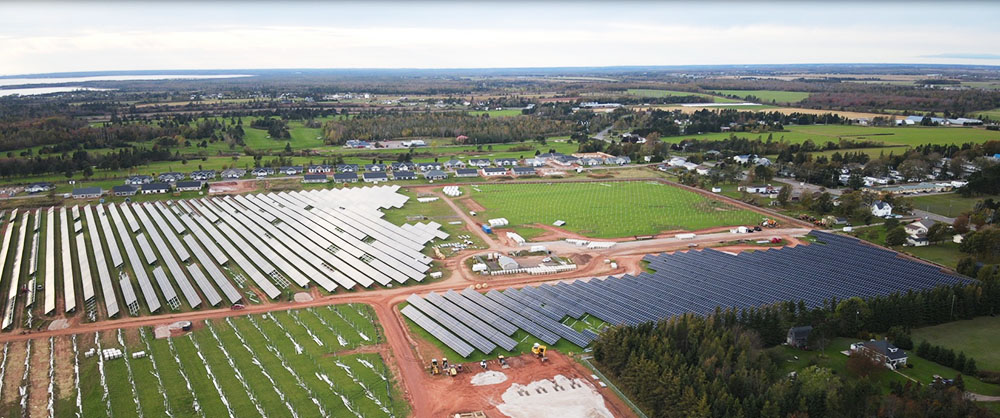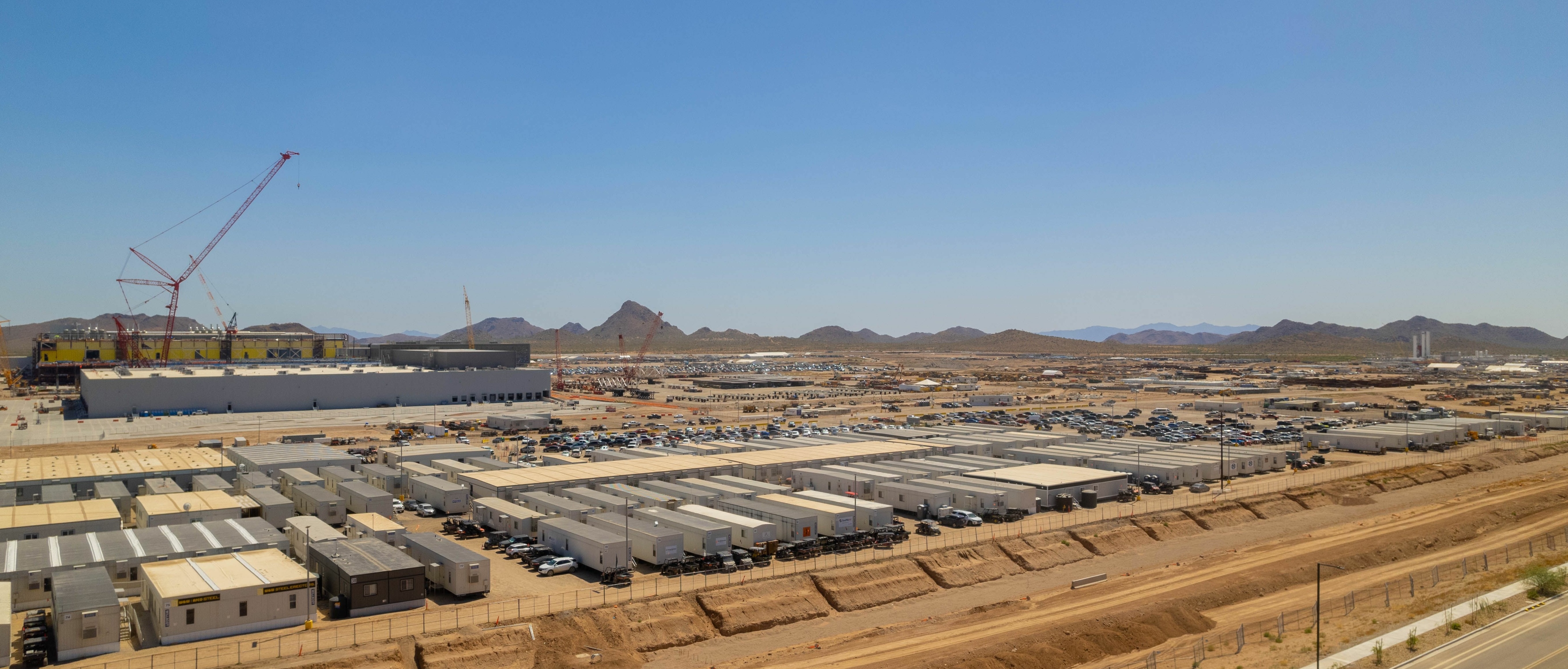The foreign direct investment (FDI) world is changing, reshaped by macro events including rising geopolitical tensions and global warming. As a result, Economic Development Organisations (EDOs) and Investment Promotion Agencies (IPAs) – faced with both fresh challenges and opportunities to welcome new investors into the fold – need to reassess their strategies.
This applies to investment from anywhere, but few places are better to look in 2024 than the East Asian countries of Japan, South Korea, China and Taiwan. And, having spent the past 20 years working with EDOs to secure investment from Asia, I believe the opportunities have never been greater.
Main drivers
While corporations invest overseas for many reasons, access to new markets, lower labour costs and incentives have traditionally been the main drivers for Asian firms.
Alongside these, access to innovation and talent are also becoming big considerations, driving new types of investment – such as in overseas venture companies and venture capital funds – and making FDI increasingly complex.
Let’s take a closer look at the three big trends of decarbonisation, shifting country alliances and redefined supply chains, and what they mean for your region’s ability to attract investment from Asia.
1. Decarbonisation
As we saw from the COP28 summit, efforts to tackle global warming are finally gaining momentum – and this has big implications for the kinds of investment EDOs are seeking.
The urgency of addressing climate change is reflected in vast government incentives to attract green transformation projects from abroad. And Asian corporations have important know-how and technologies to bring to the party.
Incentives take many forms, including tax breaks and subsidies to purchase equipment and train employees.
The USA’s Inflation Reduction Act (IRA) and Europe’s Green Deal Industrial Plan are good examples of such incentives that are attracting major investments to help the regions meet their decarbonisation goals, bringing technological innovations and high-value jobs.
The incentives are creating hot spots of energy innovation. And Asian corporates are stepping up to the plate, for access to new technologies and talent, as well as the inducements.
For emerging areas such as hydrogen and next-generation battery technologies, Asian companies also see big opportunities to grow their business overseas by becoming part of supply chains and collaborating with companies in the destination countries.
Not only do such initiatives involve billions of dollars in investment and thousands of direct jobs for the locations that welcome them, they trigger the opportunity to develop innovation hubs and supply chains to service them. And they put EDOs in a strong position to seek further investment to fill gaps in the emerging ecosystems.
Arguably, the best example is the ever-growing number of giga factories producing batteries to power the transition to electric vehicles (EVs). EVs are forecast to account for more than 65% of global light-vehicle sales by 2035. And, over the past few years, we’ve heard bold plans from Panasonic, Envision AEASC and Samsung to build vast battery factories in Europe and North America tied to key customers such as Tesla, Nissan and Volkswagen.
Korea’s Samsung SDI and Europe’s Stellantis, for example, have formed a joint venture called StarPlus to make batteries in the US state of Indiana. Its factories are set to open in 2025 and 2027, taking annual production to 67 GWh to keep pace with projected demand. Representing an investment of $6.3 billion, this will make Indiana Samsung’s largest production base for EV batteries in North America.
There have also been major overseas renewable power projects. For example, we introduced Samsung Renewable Energy to Canada’s City of Summerside, which led to a series of investments culminating in the development of ‘Summerside Sunbank’ (pictured) – a $68 million, 65,000-solar panel and battery storage farm which opened there this January. It’s a flagship project that pushes the city’s proportion of green electricity to 62% and is set to generate $7 million in economic benefits.

We also helped South Carolina to attract Japan’s Meidensha Corporation to build its first North American production base in the US state - a 60,000 sq ft facility to make its high-voltage vacuum circuit breakers, addressing demand across the country for eco-friendly energy distribution equipment.
China, meanwhile, is also changing its overseas investment focus to renewable energy, with its ambitious Belt and Road initiative shifting towards green infrastructure investments and more than 40% of its energy projects announced in the first half of 2023 being in wind and solar power.
China is uniquely placed to manufacture high-quality goods at scale and to deploy funds competitively because of consistent state support, highly integrated supply chains, fierce competition, indigenous innovation and the economies of scale only a country its size can bring. China has brought these strengths to renewable energy and projects overseas are attractive vehicles for the country to sell and deploy what it makes so well.
South Africa, for example, announced the construction of a 115 MW solar plant in the run-up to Xi Jinping’s state visit last August. The project involves an international consortium including the China Energy Engineering Corporation, Chinese construction group Gezhouba, South African partners and France’s EDF.
2. New national alliances
Recent geopolitical tensions are redrawing country alliances as nations rally around shifting viewpoints – and this, too, has major implications for FDI from Asia.
The war in Ukraine and tensions with China, for example, have brought Japan much closer to the UK and the EU. Japan’s leadership has faced past criticism for failing to take a firm stance on the international stage, but it has been vocal in its support for Ukraine alongside its western allies.
Japan’s future fighter jet programme, involving cooperation with the UK and Italy, is a testament to this shift to new geopolitical alliances. It will see the three countries’ military forces, governments and defence contractors working together much more closely. And, as cooperation progresses, the Japanese companies involved – such as Mitsubishi Heavy Industries and its suppliers – could well invest further in the UK and Italy to strengthen their support structures, supply chains and R&D capabilities.
Geopolitics are also encouraging Chinese corporations to expand production into overseas markets. The EU has opened an anti-dumping investigation into EVs and batteries made in China, claiming such measures are warranted as Beijing's industrial policies have drastically tilted the playing field. And the IRA's strict ‘Made in North America’ provisions already help shield the US auto industry from cheap Chinese EVs and batteries. To get around these - and lower the temperature in western capitals - Chinese firms such as BYD and CATL have announced investments in Europe and North America. I expect other companies will follow suit, lest they miss out on opportunities in these two lucrative markets.
In addition, stronger ties with the Middle East have recently become a priority for China, Japan and South Korea. This is not only to secure oil, but because the Middle East is stepping up efforts to transform its economies with ambitious projects such as Saudi Arabia’s NEOM, a smart city powered by renewable energy.
Asian corporates are attracted to such schemes to access the generous funding from the government bodies involved as well as to sell products into these initiatives. China’s Envision Energy, for example, is supplying 250 wind turbines to power the world’s largest green hydrogen project at NEOM.
And, two years ago, China held its first China-Arab States and China-Gulf Cooperation Council summits, signalling its commitment to partnerships in the Middle East.
The Japanese press, meanwhile, has been reporting on China's growing presence in the Middle East, and Japan – not wanting to be outdone – is increasing its efforts to forge closer cooperation with the region.
Prime Minister Kishida proclaimed: "I want you to utilise Japan's power for your economic development for the next 50 years," at a business forum in Abu Dhabi late last year. And this sentiment was underscored by the announcement that Mitsui and Kobe Steel are establishing a joint venture with the Omani authorities in the Port of Duqm to develop a low-CO2 metallics business.
Such geopolitical relationships are forever moving, so ongoing intelligence gathering in East Asia is necessary for EDOs to target new opportunities as they emerge and avoid losing out to other locations.
3. Redefined supply chains
The COVID-19 pandemic exposed vulnerabilities in global supply chains, causing mass shortages of important goods and forcing companies to reassess their strategies. In parallel, governments are seeking to bring the manufacture of certain products like semiconductors closer to home – or even within their own borders.
This is leading to the trend of ‘near-shoring’ – and, once again, it’s influencing the Asian FDI landscape.
Taiwan’s TSMC, for example, produces 90% of the world’s high-end chips and has decided to reduce its supply chain vulnerabilities by developing manufacturing capabilities in its key end markets of the US, Europe and Japan.
In the US, TSMC has chosen Arizona as its base to produce N4 and 3nm process technologies. The Taiwanese company is investing a staggering US $40 billion in these facilities (pictured) – the biggest ever foreign direct investment in Arizona and one of the largest in US history.
The construction of the fabs alone will see more than 10,000 workers involved, with a further 10,000 well-paid high-tech jobs expected to follow. And, once complete, the Arizona plants will make more than 600,000 wafers a year, with an estimated end-product value of more than US $40 billion.

Other opportunities
While climate change, geopolitical shifts and supply chain trends are shaping many regions’ FDI prospects – with giga factories in particular attracting a great deal of media attention – the examples above aren’t the only foreign investment opportunities worth pursuing. Asian corporations are investing in many other aspects of advanced manufacturing, from pharmaceuticals and biotechnology to AI and robotics.
In 2019, for example, Japan-based VC TDK Ventures set up a $50 million fund to invest in technologies to boost its competitive edge, with its first investment in Estonian autonomous delivery company, Starship Technologies. Starship’s innovative technology, growth plans and customer satisfaction were attractive to TDK, and the VC’s expertise in sensors and energy solutions enabled the startup to meet growing demand.
Chinese drug maker Shanghai Desano Pharmaceuticals, which manufactures anti-retrovirals, major anti-cancer intermediates and active pharmaceutical ingredients, is another example. Since 80% of the company’s annual sales are exports, it has set up sales operations in the USA, Italy and India and is now looking to establish factories overseas to bring production closer to its customers.
And, while greenfield projects account for 67% of FDI initiatives for Korean companies, the Korean Chamber of Commerce & Industry is encouraging them to step up efforts to acquire overseas companies with advanced technologies including semiconductors, secondary batteries, AI and biopharmaceuticals. Such acquisitions will enhance their technological competitiveness and give them access to new markets.
Moving fast
So, while generating FDI is a long-term process, macro-economic drivers are creating major new opportunities – and things are moving fast!
That said, there are inevitably hurdles.
It’s impossible to manage FDI programmes from thousands of miles away – especially when dealing with investors in Asia. It’s vital for EDOs to have a presence on the ground to develop relationships and ensure Asian corporations fully understand what they offer.
EDOs also need to manage FDI projects carefully as the scale of some brings considerable pressures. The deployment of giga factories, for example, needs large swathes of land, considerable power, high-performing supply chains and specialist new skills.
Attracting FDI from Asia, then, isn’t easy. But the opportunities are there and the time to be proactive has never been better.
Get it right, and a wealth of economic benefits for your location will likely follow.
To discuss your opportunities to attract investment from Asia, you can contact Richard at Richard.lyle@intralinkgroup.com